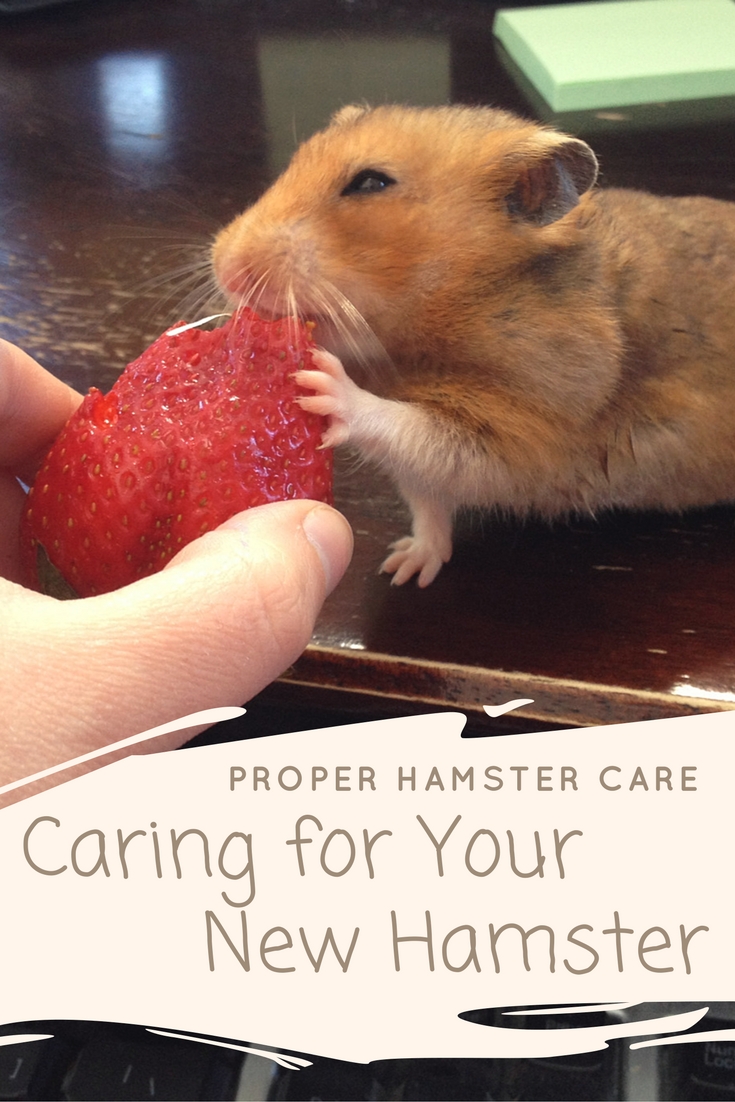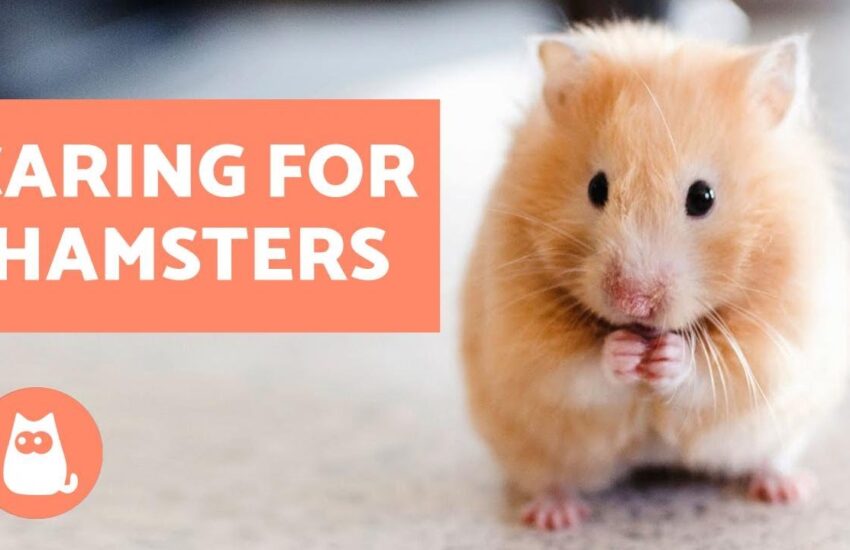Hamster Variety Care Needs
When it comes to safeguarding your hamsters’ health and happiness, understanding their diverse care requirements is critical. Whether you have a dwarf hamster, a Syrian hamster, or any other variety, each type comes with its unique set of needs. In this article, we delve into the various hamster breeds and their specific care requirements, helping you to create a nurturing environment for your furry companions.
Caring for Different Hamster Breeds
Each hamster species has distinct characteristics and care necessities. Knowing these differences can positively influence your pet’s quality of life. For instance, **Syrian hamsters** are larger and require bigger cages, while **dwarf hamsters** thrive in smaller habitats and enjoy companionship. Understanding breed-specific needs ensures that your hamster lives a healthy, fulfilling life.
Syrian Hamster Care
**Syrian hamsters** are solitary and prefer spacious enclosures. A minimum cage size of 24” x 12” x 12” with a solid bottom is essential for their comfort. Their environment should be enriched with climbing opportunities, tunnels, and hideouts to mimic their natural habitat. They require a good balance of nutrition that includes high-quality hamster pellets, fresh veggies, and a small amount of fruit. Providing ample chewing materials is also important for their dental health.

Dwarf Hamster Care
Dwarf hamsters, including **Roborovski** and **Campbell’s**, are more social and can often be housed in pairs or small groups. Their cages should also be spacious but can be somewhat smaller than those for Syrians. A multi-level habitat with hiding spots and wheels allows for exercise and stimulation. Nutrition should include a varied diet as well, with mixtures formulated for dwarf hamsters. Since these hamsters are active, ensure their habitat provides opportunities for play and exploration.
Essential Care Needs for Hamsters
Caring for hamsters extends beyond the cage size and food choices. **Hamster routines** involve regular cleaning, socialization, and health monitoring. Ensuring that you maintain a routine around these aspects contributes to your hamster’s overall well-being.
Feeding Your Hamster
A hamster’s diet plays a pivotal role in its health. Choose high-quality commercial hamster food as a base, which typically contains seeds, pellets, and grains. Additionally, small portions of fresh vegetables and occasional treats like sunflower seeds can be introduced. Remember to avoid sugary or fatty snacks; moderation is vital for maintaining your hamster’s health. Always check for fresh water availability, as hydration is vital for all hamsters.
Creating a Comfortable Environment
The **habitat setup** is crucial for your hamster’s happiness. Your hamster’s living space should incorporate bedding, which can be made of paper-based or aspen shavings. Avoid cedar and pine wood chips, as they can be hazardous to your pet’s respiratory health. The cage should have various enrichment items including chew toys, wheels, and tunnels to keep your hamster engaged and happy. Regular cage cleaning and checking for wear and tear on the habitats can prevent potential health issues.
Social Needs and Interaction
Hamsters are social creatures but their social needs vary by breed. Understanding how to interact with your pet can enhance your bond and their overall happiness. Proper handling and playtime routines can make your hamster feel secure and loved.
Handling Your Hamster
Whether it’s a dwarf or a Syrian hamster, regular handling is essential to prevent them from becoming fearful of humans. Start by letting them sniff your hands and gradually encourage them to climb into your palm. Offer small treats to create positive associations with your presence. Handling should be gentle and slow to help your hamster feel comfortable and minimize stress.
Understanding Behavioral Signs
Being aware of your hamster’s body language and behavior helps identify their needs. Signs of distress, such as loud vocalizations or biting, may indicate discomfort or fear. Conversely, a relaxed and curious hamster typically indicates that they feel safe and secure. Engaging in playtime and providing opportunities for exploration outside their habitat can be beneficial for their mental health.
Key Takeaways
- Identify your hamster’s breed to tailor its care appropriately.
- Maintain a balanced diet featuring high-quality pellets and fresh veggies.
- Create an enriching habitat with proper bedding, toys, and climbing structures.
- Handle your hamster gently to build trust and reduce fear.
- Monitor signs of stress to intervene quickly if they occur.
FAQ
1. What size cage does a Syrian hamster need?
A Syrian hamster ideally requires a cage that is at least 24” x 12” x 12” to accommodate its size and provide enough space for exercise and enrichment activities. Larger cages are preferable to allow for a more varied environment and climbing structures.
2. Can I house dwarf hamsters together?
Yes, dwarf hamsters can often be kept in pairs or small groups as long as they are introduced at a young age and are of the same gender. However, monitor them closely for any signs of aggression, as territorial disputes can arise.
3. How often should I clean the hamster’s cage?
Regular cleaning of the hamster’s cage necessitates spot cleaning every few days to remove waste and uneaten food. A thorough clean should occur at least once a week, ensuring all bedding is replaced and hiding spots are cleaned to maintain proper hygiene.
4. What fruits and vegetables are safe for hamsters?
Safe options for hamsters include small portions of carrots, cucumber, zucchini, apples (without seeds), and leafy greens. Always introduce new foods in moderation to assess your pet’s tolerance.
5. How do I know if my hamster is stressed?
Signs of a stressed hamster can include excessive hiding, loud vocalizations, biting when handled, or changes in eating habits. If your hamster exhibits these behaviors, it may need more space or enrichment in its environment.
